2024 Redistricting
By mid-19th century America, decisions about what was valuable to history were made almost entirely by white, educated elites. They were also the people most likely to erect a facility for the archiving of historic knowledge.
In 1918, Anniston was the recipient of a Carnegie library, a gift from businessman and philanthropist Andrew Carnegie of Pittsburgh, Pennsylvania. The Carnegie Anniston Public Library was segregated by race. (1) Black Annistonians used the much smaller Carver Library on West 14th Street.
On a cloudy Monday morning in September 1963, four white Annistonians walked in solidarity with two black Annistonians as they did the unheard of—they entered the Public Library. Would the same fate befall this group as it had to one of their members the day before?
On Sunday, September 15, 1963, Reverends William B. McClain and Nimrod Q. Reynolds were attacked by a mob of whites as they attempted to peacefully integrate the Anniston Public Library. Although America was moving toward desegregated public facilities, the culture of Anniston was not yet ready to change.
McClain and Reynolds’ symbolic action had been endorsed by Anniston’s Human Relations Council, and the event had been planned in secret, but somehow the mob found out.The reverends were severely beaten and fled for their lives. Rev. Reynolds was seriously injured and spent several days in bed. (2) (3)
The next day, the group of six entered the Library without incident and McClain and Smitherman checked out books.
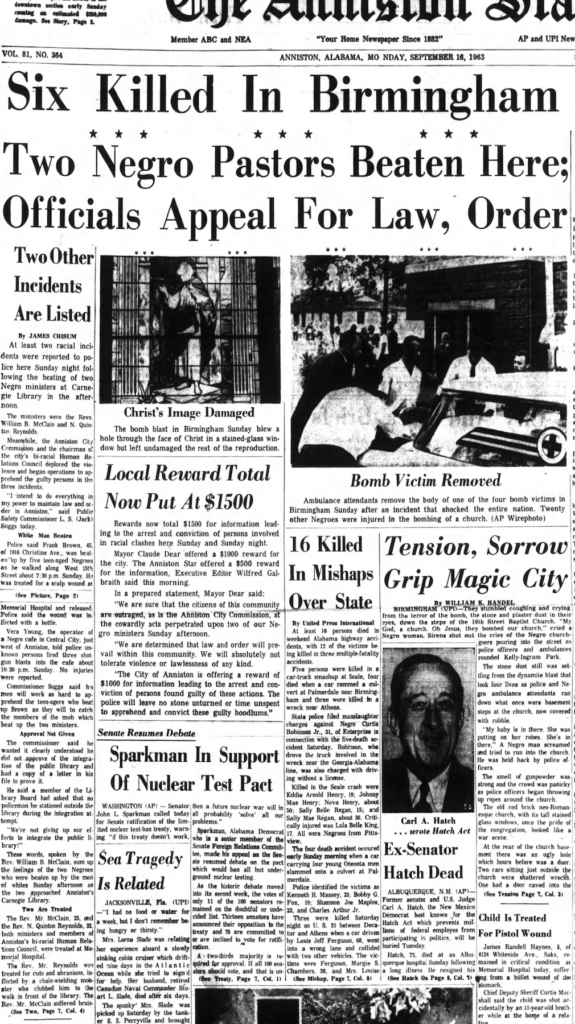

Accompanying Rev. McClain on September 16th in a peaceful act to integrate the Anniston Public Library were the following:
Rev. J. Phillips Noble, Chair, Human Relations Council
Rev. George Smitherman, Pastor, Mt. Calvary
Miller Sproull, City Finance Commissioner
Charlie Doster, Library Board Member
Carleton Lentz, Library Board Member
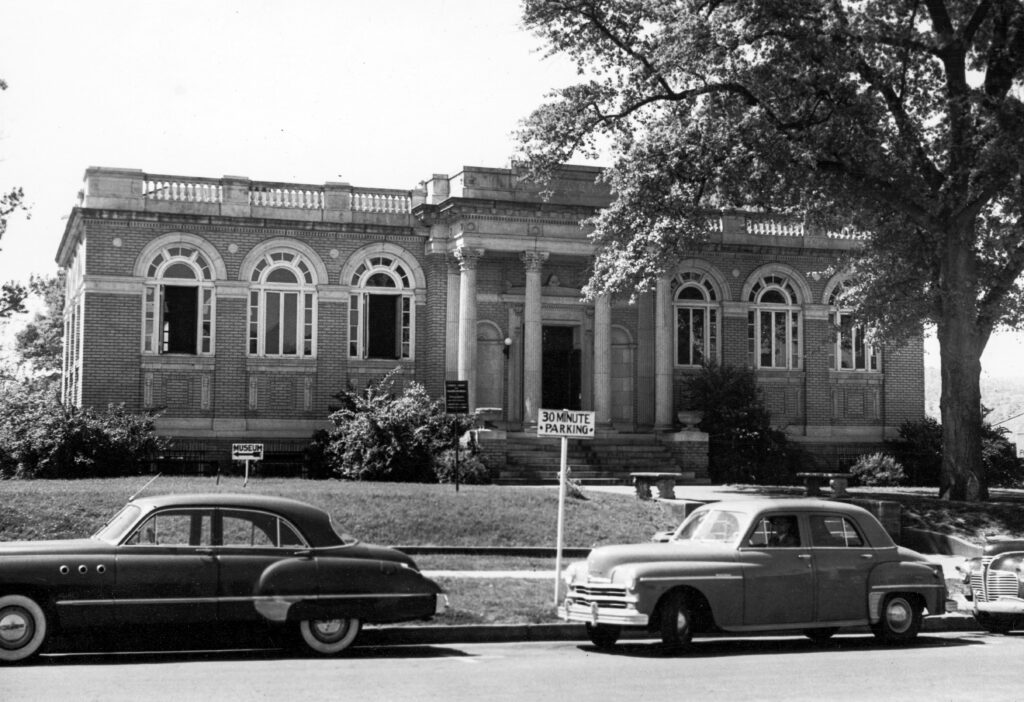
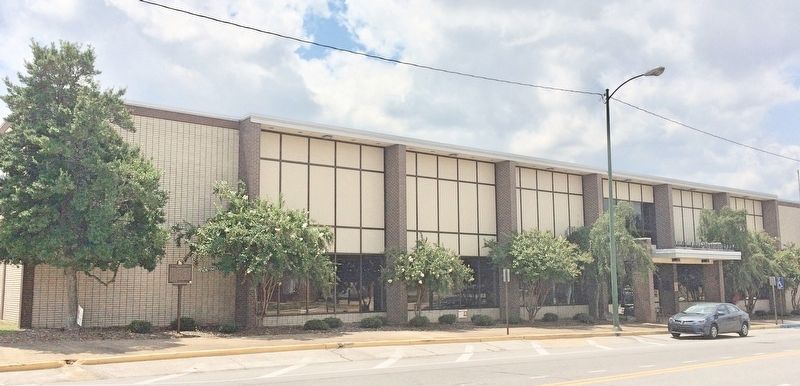
Lentz was a community volunteer and the wife of a local businessman Lucian Lentz. The Lentz’s settled in Anniston after World War II. Lucian’s career was with Classe’ Ribbon, while Carleton was an active community servant, first on the Anniston Civil Service Board in the 1950s and later on the Carnegie Library Board. (4)
In a letter dated November 17, 1961, sent to Judge George Wallace, Carleton expresses her support for Wallace but questions his “extreme stand on the segregation issue.” She asked him to adopt a moderate, peaceful approach during his term. Letter from Carleton S. Lentz in Anniston, Alabama, to Judge George Wallace in Montgomery, Alabama. In the letter Lentz expresses her support for Wallace but questions his “extreme stand on the segregation issue.”
She asks him to adopt a moderate, peaceful approach during his term: “I am writing to implore you to break your campaign promise, which seems to me designed only to lead to rabble rousing and violence. I do not think that anyone should try to hold you to this utterance, in light of the Mississippi tragedy. Surely even the Ku Klux Klan must now see the futility of trying to fight the might of the entire federal government. Let us carry out the law of the land with courage and dignity, little as we may agree with it.” She also suggests that he ask the local press to downplay integration attempts in the newspapers. (5)
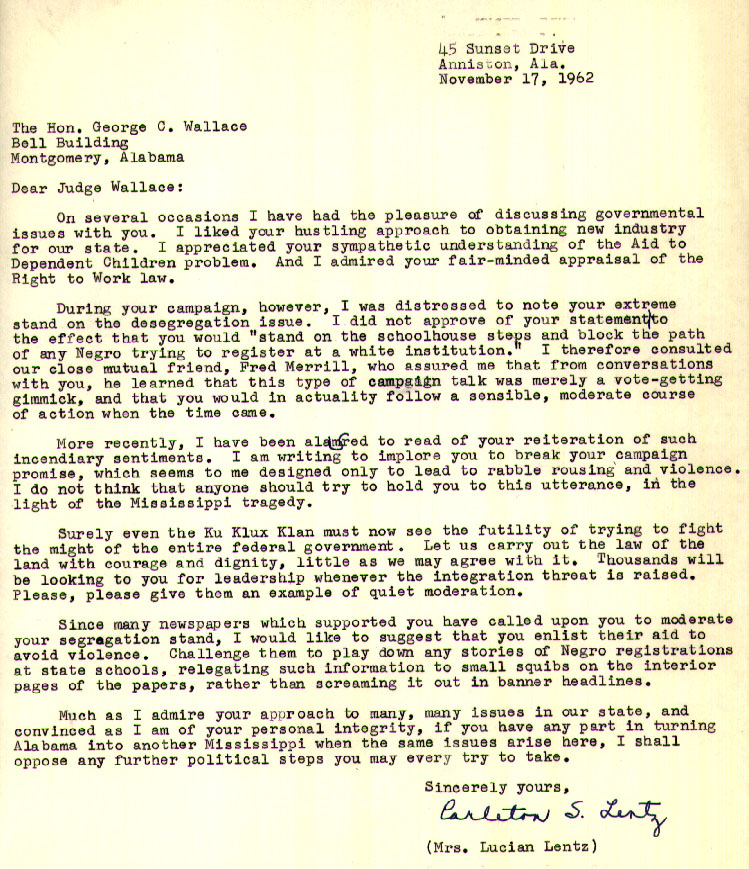
Desegregation of the Library began when two African American pastors, Reverends William B. McClain and Nimrod Q. Reynolds, peacefully attempted to enter the building on September 15, 1963. Their actions were endorsed by the city of Anniston Human Relations Council, which was pursuing desegregation of public institutions in Anniston. As the men approached the Library, several white men attacked them, and both men were injured, Reynolds seriously. The next day, Reverends J. Phillips Noble and George Smitherman, City Commissioner Miller Sproull, and Library board members Charlie Doster and Carelton Lentz accompanied McClain as he entered the Library without incident and checked out a book.
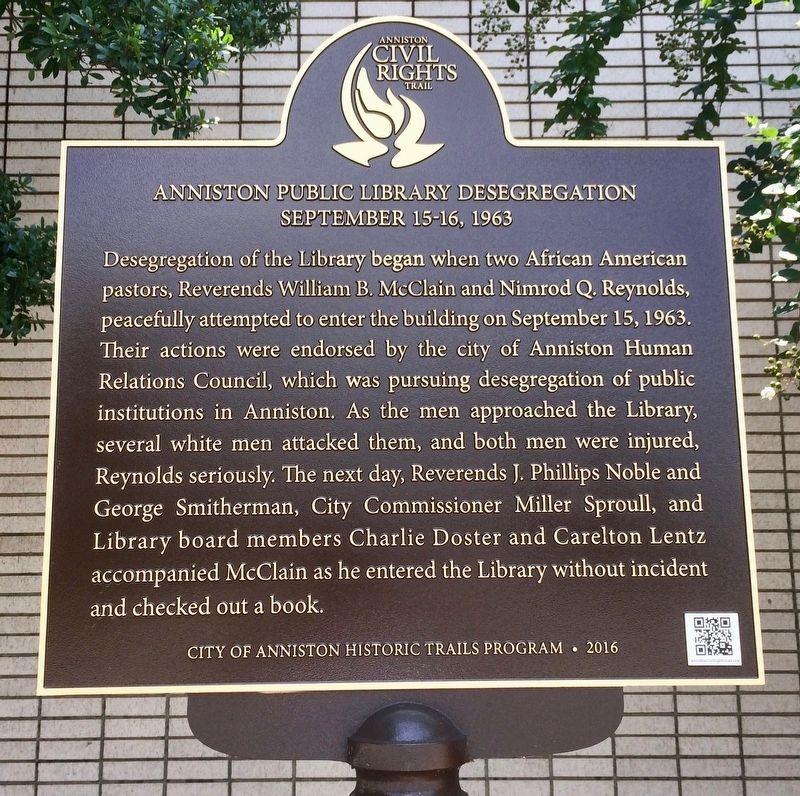
108 East 10th Street, Anniston, Alabama 36201
(1) Morgan, Tee. (1990 and 2000.) Annie’s Town, A Picture History of Anniston, Alabama 1880-1940.
(2) Chisum, James. “City Commission Appoints Bi-Racial Committee Here.” The Anniston Star, 16 May 1963, 1.
(3) Chisum, James. “Two Negro Pastors Beaten Here: Officials Appeal for Law, Order.” The Anniston Star, 16 September 1963, 1 and 7.
(4) Lentz, Perry. July 27, 2008. The Anniston Star. Retrieved from http://www.annistonstar.com/perry-lentz/ article_b8aca4de-7470-565a-8693-bded89553ff0.html;
(5) Alabama Department of Archives and History. Retrieved from http://digital.archives.alabama.gov/cdm/ref/ collection/voices/id/3901

Sign up for our Quarterly Newsletter, upcoming event information, and more! This is the best way to stay informed on the latest news, activities, and happenings throughout the Model City!
Translate
Translate